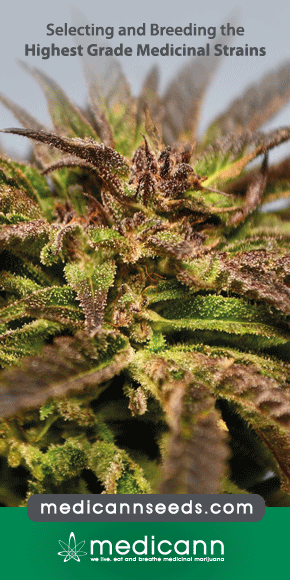The Consumption of Cannabis by Fibromyalgia Patients in Israel
Abstract
Hemp (Cannabis sativa L.) has been used since remotes ages as a herbal remedy. Only recently the medical community highlighted the pharmacological scientific bases of its effects. The most important active principle, Delta-9-tetrahydrocannabinol, was identified in the second half of the last century, and subsequently two receptors were identified and cloned: CB1 that is primarily present in the central nervous system, and CB2 that is present on the cells of the immune system. Endogenous ligands, called endocannabinoids, were characterized. The anandamide was the first one to be discovered. The effectiveness of the cannabinoids in the treatment of nausea and vomit due to anti-neoplastic chemotherapy and in the wasting-syndrome during AIDS is recognized. Moreover, the cannabinoids are analgesic, and their activity is comparable to the weak opioids. Furthermore, parallels exist between opioid and cannabinoid receptors, and evidence is accumulating that the two systems sometimes may operate synergistically. The interest of the pharmaceutical companies led to the production of various drugs, whether synthetic or natural derived. The good ratio between the polyunsatured fatty acids omega-3 and omega-6 of the oil of Cannabis seeds led to reduction of the phlogosis and an improvement of the pain symptoms in patients with chronic musculo-skeletal inflammation.



